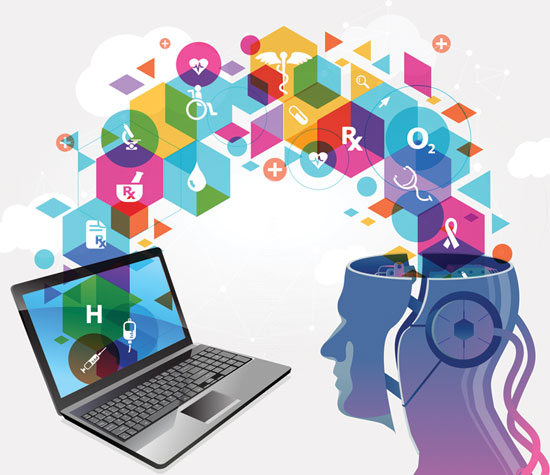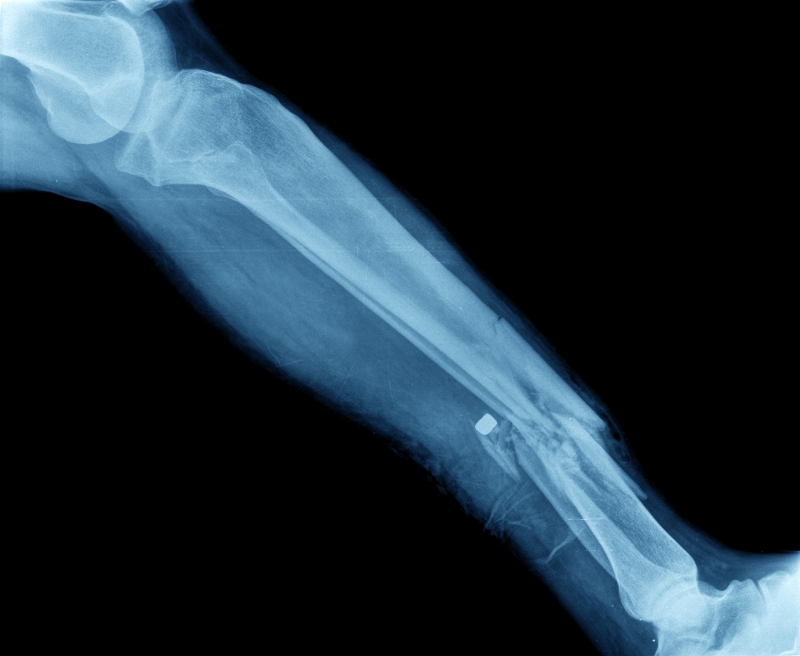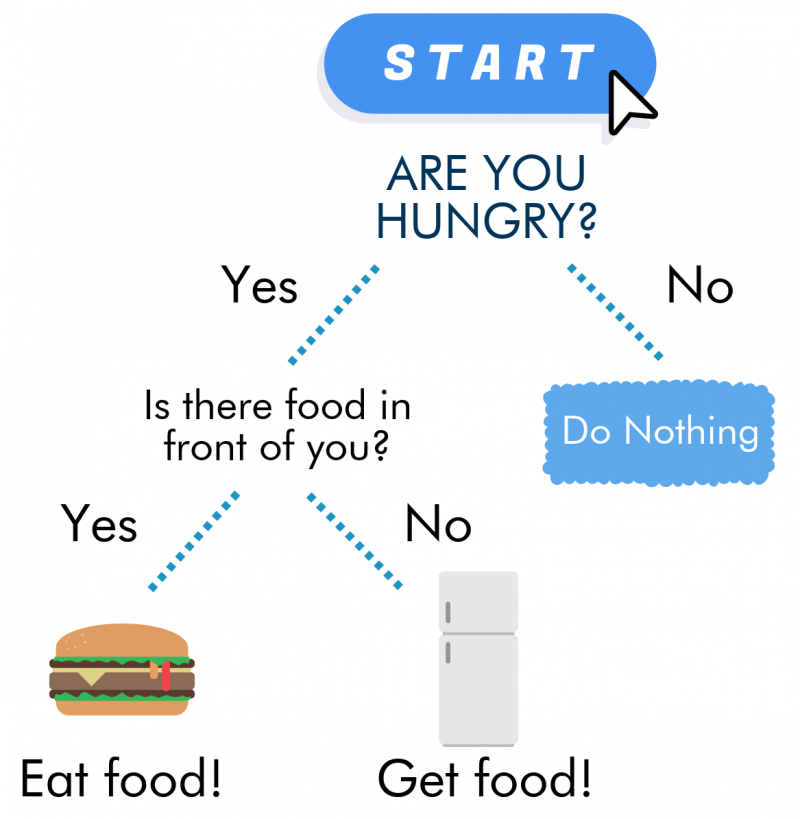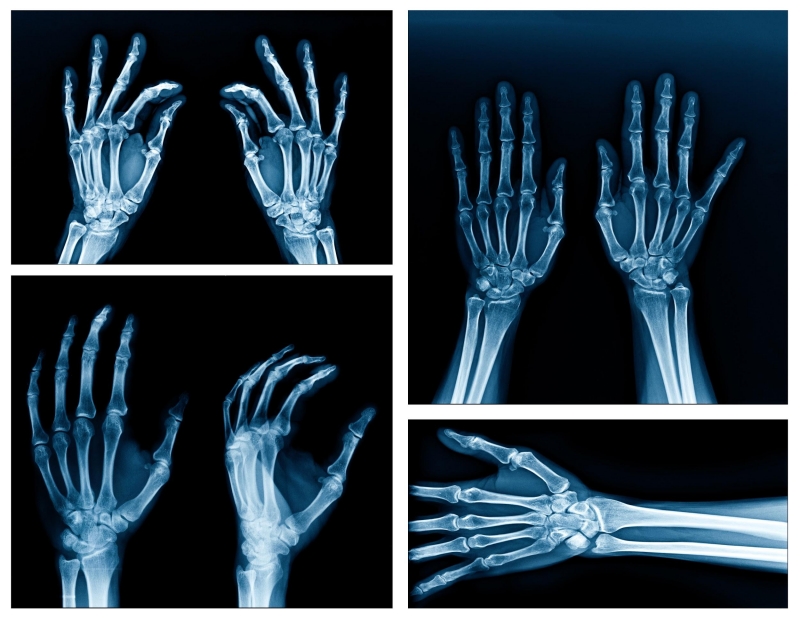How Can Your Doctor Use the Data in You?

Image © exdez, iStockPhoto.com

Image © exdez, iStockPhoto.com
How does this align with my curriculum?
Scientists are training artificial intelligence to diagnose injuries using x-rays and other medical imagery of you (and millions of others). What improvements and other changes might this bring to the health care system?
One day, you’re skiing on some slopes in the more remote areas of British Columbia. Every slope is more challenging than the last. You’re really enjoying yourself. Then suddenly, you hit a branch and take a spill. You cannot walk. You think your leg is broken.
Paramedics take you to a medical facility nearby. It's a small, remote clinic. There is only one physician (doctor) there, and she is treating another emergency. The emergency nurses are not qualified to diagnose your injury.
This scenario may sound scary. But one day, computers and artificial intelligence (AI) may help quickly get you on the road to recovery.
How can artificial intelligence help with diagnosing bone fractures?
There are many types of bone fractures. For example, the bone might be cracked or broken into many pieces. Diagnosing the specific type of fracture requires medical skill. Doctors who specialize in the musculoskeletal system are called orthopedic surgeons. They train for years to diagnose such injuries.
In a remote area, there likely won’t be any orthopedic surgeons. Maybe there will be an x-ray machine. If so, the staff there might be able to x-ray your injured bone. However, there might not be any medical staff nearby who know how to analyze the image.

The x-ray of your leg is an image that can be digitized, or converted to ones and zeroes. Just as you can send pictures through email, medical staff can send your digitized image to an orthopedic doctor far away. However, you may have to wait hours for the result.
Did you know?
The first x-ray was taken in 1895 by a German physics professor named Wilhelm Röntgen. He created an x-ray image of his wife's hand.
But a computer can read the transmitted x-ray data much more quickly. Techniques involving artificial intelligence (AI) can analyze and categorize the data. AI is a branch of computer science. AI systems can do tasks that would normally require human intelligence.
How can artificial intelligence categorize medical images?
AI systems analyze large amounts of photographic data in images. A single high-resolution image may have one million or more pixels. Computer programmers have trained AI systems on millions of non-medical images. That’s trillions of pixels. These AI systems can recognize and categorize photos of things like flowers, buildings, people, and animals.
Did you know?
The word “pixel” is derived from the words “picture” and “elements.”
Medical professionals are starting to use AI to analyze medical images, too. These medical images can help diagnoses.
Decision trees are a tool that can train AI systems to diagnose injuries from images. In general, a decision tree maps out the various choices, consequences and actions of a particular issue. “Leaves” represent decisions. “Branches” represent the possible

AI systems can use decision trees to analyze medical images. Here’s one potential way, using a leg x-ray as an example:
First, the tree would figure out the number of pixels in the leg x-ray. Next, it would compare parts of the image to normal leg bones. From there, thousands of decision “branches” might yield final “decision leaves.” The leaves would classify the image of the bone fracture.
As the AI systems see more and more leg bone fracture x-rays, the decision tree can improve.
Did you know?
There are many other AI techniques that could analyze x-ray images. For example, neural networks are computer systems that mimic the human brain. There are also programs that mimic the process of natural selection.
How can AI techniques help doctors?
The use of AI techniques in medicine, especially in orthopedics, is in its early days. But techniques are advancing fast. In one study, AI systems extracted and analyzed 256,000 images of wrists, hands, and ankles. The AI system accurately diagnosed the type of fracture in these images 83% of the time. That’s about the same accuracy rate as an experienced orthopedic surgeon!

However, these systems cannot currently replace a doctor. A doctor can to do things AI systems cannot. For example, a doctor considers how an injury relates to the patient’s overall health. A doctor can also analyze possible risks to the patient.
Someday, AI systems may be trained to make treatment recommendations based on overall health and risks, too. Until then, AI systems can certainly help busy doctors analyze digital images delivered from ski resorts.
More importantly, these systems can help make sure the doctors don’t miss something. Instead of doing the work from scratch, the doctor could double-check the system’s findings. The doctor could then evaluate your fracture remotely. Then, the two of you could discuss your injury, your general health, and various treatment options over a video conference.
You could then return home safely, heal quickly, and begin to plan your next ski trip!
Starting Points
- Have you ever had to make a decision but felt you needed more information? What type of decisions were you making and what kind of information (or data) did you need?
- Do you use any digital devices that monitor health data, such as heart rate, physical activity, etc.? How do you use this data? Do you find it helpful for making health-related decisions?
- Do you think having more information in the hands of doctors will make a difference in the quality of your health? Explain.
- In Canada, the U.S. and much of the world, health care costs are very high. How could the AI techniques discussed in this article help reduce costs? Explain.
- If it was done anonymously, should people be required to give up their health care data to help train AI systems? Why/why not? (Tip: Before you answer, think of some of the benefits and risks of having your personal data available to others.)
- Should pharmaceutical companies and other for-profit firms creating medical products be allowed to access people’s medical data? If so, under what circumstances?
- Explain how an x-ray machine creates an image.
- What different types of medical imaging technology are used for examining and diagnosing health condition of bones and the skeletal system? (Note: This question requires additional research.)
- Why does the article refer to AI “systems”? How do AI systems get better or improve?
- Should people one day be allowed to use AI tools to make their own diagnoses? Or should diagnoses always involve a doctor? Explain your answer.
- As AI systems become better at diagnoses, will we still need doctors? Why/why not? If you said yes, do you think the doctor’s job will change in any way? If so, how?
- This article, and the connecting resources, can be used to provide examples of technologies used to diagnose diseases and injuries of the skeletal system, including imaging technologies and the application of Artificial Intelligence systems in medicine. It could be used in a biology class to delve into innovations in diagnosing medical conditions of the bone or skeletal system. In a Computer Science class it might be provided to exemplify a practical application of Artificial Intelligence systems.
- Begin the lesson with a Vocabulary Preview learning strategy to introduce new vocabulary. Download ready-to-use Vocabulary Preview reproducibles using the learning strategy for this article in [Google doc] and [PDF] formats.
- After reading the article, teachers could have students complete a Cost-Benefit Analysis learning strategy (individually or as partners) to help them decide the value of implementing Artificial Intelligence systems in making medical diagnoses. Download ready-to-use Cost-Benefit Analysis reproducibles for this article in [Google doc] and [PDF] formats.
- Paul Gordon - Bioinformatics Manager, Alberta Children's Hospital Research Institute (Career Profile)
- Jason Dunkel - Analytical Lead, Google (Career Profile)
-
Amelia Antrim - Software Engineering, Google (Career Profile)
Connecting and Relating
- Have you ever had to make a decision but felt you needed more information? What type of decisions were you making and what kind of information (or data) did you need?
- Do you use any digital devices that monitor health data, such as heart rate, physical activity, etc.? How do you use this data? Do you find it helpful for making health-related decisions?
- Do you think having more information in the hands of doctors will make a difference in the quality of your health? Explain.
Relating Science and Technology to Society and the Environment
- In Canada, the U.S. and much of the world, health care costs are very high. How could the AI techniques discussed in this article help reduce costs? Explain.
- If it was done anonymously, should people be required to give up their health care data to help train AI systems? Why/why not? (Tip: Before you answer, think of some of the benefits and risks of having your personal data available to others.)
- Should pharmaceutical companies and other for-profit firms creating medical products be allowed to access people’s medical data? If so, under what circumstances?
Exploring Concepts
- Explain how an x-ray machine creates an image.
- What different types of medical imaging technology are used for examining and diagnosing health condition of bones and the skeletal system? (Note: This question requires additional research.)
- Why does the article refer to AI “systems”? How do AI systems get better or improve?
Nature of Science/Nature of Technology
- Should people one day be allowed to use AI tools to make their own diagnoses? Or should diagnoses always involve a doctor? Explain your answer.
- As AI systems become better at diagnoses, will we still need doctors? Why/why not? If you said yes, do you think the doctor’s job will change in any way? If so, how?
Teaching Suggestions
- This article, and the connecting resources, can be used to provide examples of technologies used to diagnose diseases and injuries of the skeletal system, including imaging technologies and the application of Artificial Intelligence systems in medicine. It could be used in a biology class to delve into innovations in diagnosing medical conditions of the bone or skeletal system. In a Computer Science class it might be provided to exemplify a practical application of Artificial Intelligence systems.
- Begin the lesson with a Vocabulary Preview learning strategy to introduce new vocabulary. Download ready-to-use Vocabulary Preview reproducibles using the learning strategy for this article in [Google doc] and [PDF] formats.
- After reading the article, teachers could have students complete a Cost-Benefit Analysis learning strategy (individually or as partners) to help them decide the value of implementing Artificial Intelligence systems in making medical diagnoses. Download ready-to-use Cost-Benefit Analysis reproducibles for this article in [Google doc] and [PDF] formats.
Career Connections
- Paul Gordon - Bioinformatics Manager, Alberta Children's Hospital Research Institute (Career Profile)
- Jason Dunkel - Analytical Lead, Google (Career Profile)
-
Amelia Antrim - Software Engineering, Google (Career Profile)
Learn more
A Revolution in Health Care Is Coming: Welcome to Doctor You (2018)
Article from The Economist about growing technologies that help to keep track of user health.
Amazon Wants to Disrupt Healthcare in America. In China, Tech Giants Already Have (2018)
Article from the New York Times discussing how China has been used as a testing ground for health care technologies.
The Amazing Ways How Artificial Intelligence and Machine Learning Is Used In Healthcare (2017)
Article from Forbes on the use of machine learning to improve the healthcare industry, and how it could lessen the impact of illness and disease on the medical system.
Fractures (Broken Bones) (2012)
Information page from the American Academy of Orthopaedic Surgeons about different types of fractures and how they treated.
References
Jiang F, Jiang Y, Zhi H, et al. (2017). Artificial intelligence in healthcare: Past, present and future. Stroke and Vascular Neurology, 2. DOI: 10.1136/svn-2017-000101
Olczak, J., Fahlberg, N., Maki, A., Razavian, A., Jilert, A., & Stark, A. et al. (2017). Artificial intelligence for analyzing orthopedic trauma radiographs. Acta Orthopaedica, 88(6), 581-586. DOI: 10.1080/17453674.2017.1344459
Stanford Medicine. (2017, June). Health trends report: Harnessing the power of data in health.